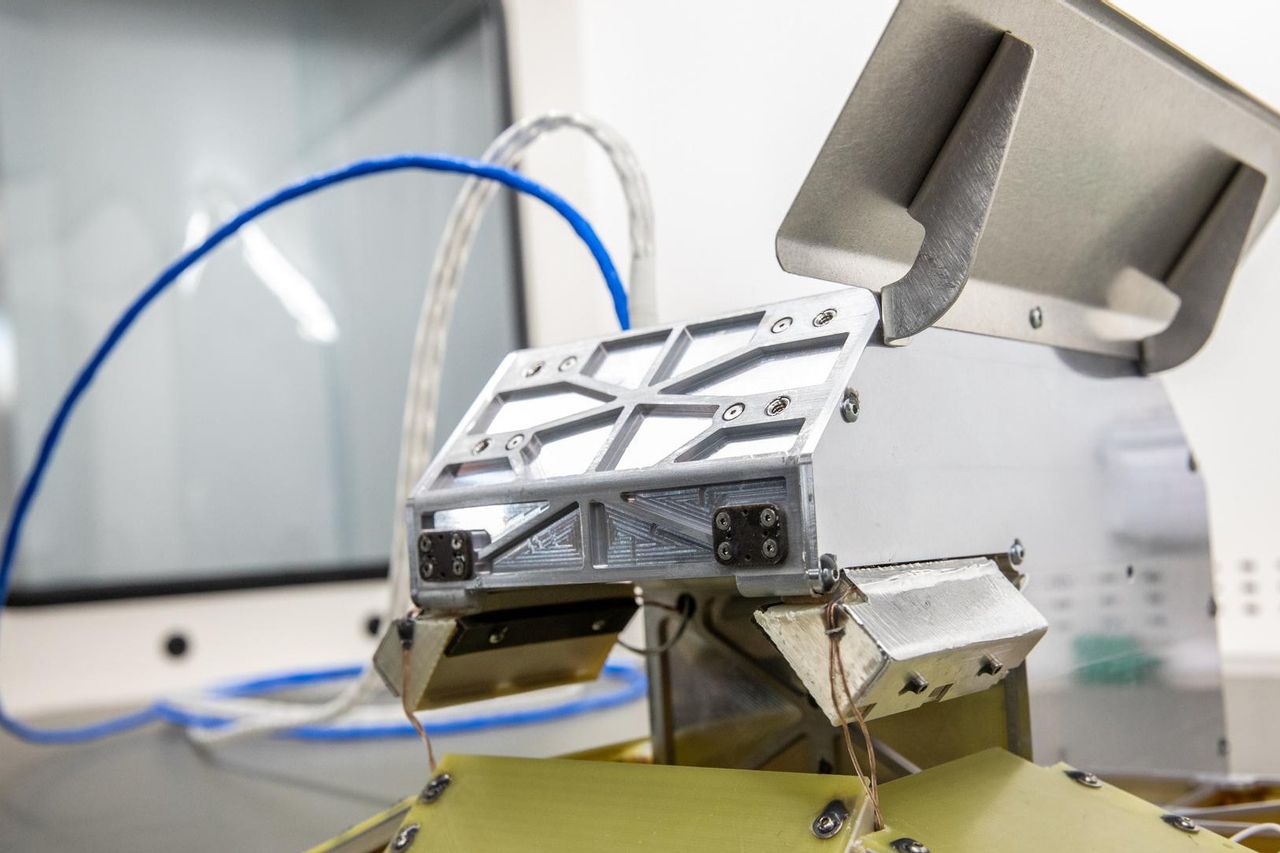NASA To Test Dust Evading Instruments On The Moon's Surface

JAKARTA Ahead of the launch of the Blue Ghost vehicle as part of the Commercial Lunar Payload Services (CLPS) program, NASA began to reveal the row of payloads to be brought to the Moon.
The US space agency has revealed payloads such as X-ray imaging tools to monitor Earth's response to space weather and anti-radiation computers. Now, NASA is announcing another payload named Electrodynamic Dust Shield (EDS).
EDS is an instrument designed to deal with dust that builds up on the surface of the Moon. This technology will use electric power to lift and remove dust. Not only that, but EDS can also remove soil from various surfaces.
The EDS uses transparent electrodes and electric fields so they can lift and remove dust from thermal radiators, solar panels, camera lenses, spacesuits, astronaut boots, to helmet shields that astronauts also wear.
This is a very important innovation because lunar dust has been a problem since the Apollo mission was carried out decades ago. If this technology is successfully demonstrated, NASA can control lunar extreme dust better.
Charles Buhler, Chief Researcher at the Kennedy Space Center's Surface and Electronic Physics Laboratory, said that this technology is important for future exploration missions. The reason is, lunar dust is abrasive and can enter the device easily.
SEE ALSO:
"Moon regollite debris can enter the gasket and seal, into the hold, and even into the habitat, which can cause a lot of problems for spacecraft and astronauts," Buhler said.
Moon dust has a very different texture from dust on Earth. The texture is very sharp even in small sizes. This happens because the dust there does not experience any sand so that the astronauts cannot handle it by tapping or sweeping.
"Sneezing the lunar regolite to the surface alone can exacerbate the problem because the regolit is electrostatically charged and highly insulating," added Buhler.


